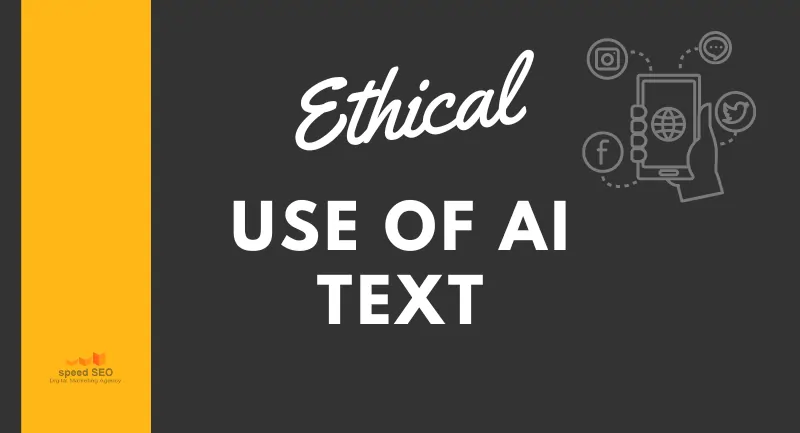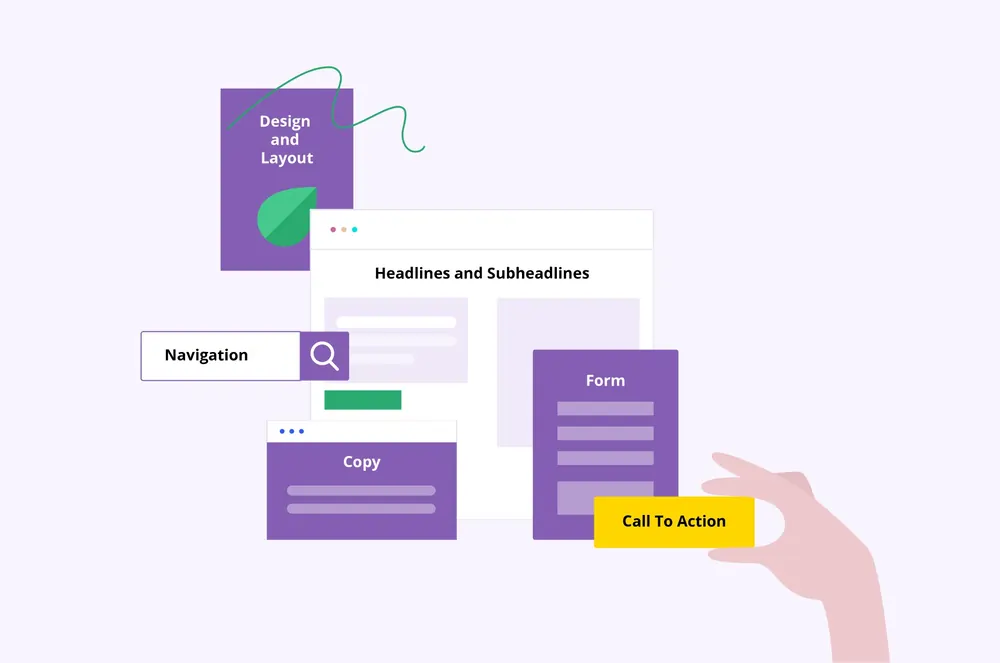Introduction
Month after month, I kept churning out blog posts using the latest AI writing tools. The high-quality content flowed freely with just a few prompts.
But something was wrong. My website traffic remained stagnant. Comments and shares were almost nonexistent. And the content felt hollow, lacking the human touch.
I doubled down, producing hundreds of articles on every trending topic imaginable. Yet my hard work was rewarded with nothing but the cold silence of search engines and social media.
Where was the payoff I was promised from AI?
Effortless growth and engagement?
Eventually, it dawned on me. These AI tools could generate slick-sounding content, but actual humans didn’t resonate with it. There was no original perspective, no unique voice. Just robotic text optimised for algorithms rather than people.
In chasing the promise of easy AI-generated content, I sacrificed authenticity and trust. The short-term gains weren’t worth the long-term credibility loss.
It was time to start over with a human-centered approach to content creation. I realised that while AI tools can be powerful assistants, human creativity, strategy, and ethics are irreplaceable.
The Ethical Use of AI in Content Creation
After my wake-up call, I knew things had to change. But I didn’t want to throw the baby out with the bathwater either. AI content creation tools offer real benefits – when used properly.
I just needed guardrails – best practices—to keep me ethically aligned and crafting quality content. Through trial, error, and research, I developed an approach centred around transparency, accuracy, fairness, privacy, and accountability.
Transparency became my guiding light. No more hiding my use of AI from readers. I was upfront in disclosing when ChatGPT or other tools assisted me. Rather than burying disclosures, I prominently shared details on which AI systems I used, their capabilities, and their limitations. This built reader trust.
Next was accuracy. I curated training data carefully, corrected flawed AI outputs, and validated facts. Whenever the AI made claims unsupported by evidence, I cut them out. My focus was creating useful, truthful content, not chasing traffic with misleading hyperbole.
I also prioritised fairness. My goal was crafting content that avoided bias or discrimination. I fine-tuned the AI with thoughtful feedback when any problematic outputs arose. And I sought diverse perspectives to enhance the content.
Privacy was also essential. I made sure any data used to train AI models was collected ethically and securely stored. The trust of the individuals who shared this data was sacred.
Finally, accountability. I established processes to continually monitor my AI systems. This allowed me to identify any issues and take action. I embraced oversight, rather than hoping I could pull a fast one on readers.
Best Practises for Quality AI-Assisted Content

With my ethical ground rules in place, I shifted focus to crafting quality content. I couldn’t just take whatever the AI spit out and hit “publish.” That path led nowhere good.
Instead, I learned to guide the AI to augment my skills, not replace them. The key was providing strong creative direction through my prompts and oversight of the final output.
I tapped into the AI’s raw ideation power by prompting for new perspectives and angles I would never think of alone. But I also knew when to rein it in. When core ideas strayed too far from my intent, I stepped in to refine them.
While the AI could generate passable first drafts, I never settled for “good enough.” I took ownership of the finished product through careful editing, infusing my unique style and analysis.
And I continuously provided feedback to the AI to improve its performance over time. I rewarded outputs that aligned with my goals and corrected text that missed the mark.
Most importantly, I focused my energy on the high-value creative tasks only I could accomplish. I delegated the rote work of drafting and data gathering to my AI assistant. This multiplied my impact.
Strategic Ways to Incorporate AI in Your Process

With a firm grip on ethics and quality, I turned to another crucial element – strategy. Adopting the right strategic approach was key to effectively leveraging my AI tools.
Blindly generating content without purpose wasted time and led nowhere. So, I began each project by defining my objectives and intended outcomes. This focused both me and my AI assistant.
I chose my AI writing tools strategically based on my goals. For ideation, I used broader models like GPT-3. When I wanted tighter adherence to a style, I opted for more constrained systems.
Rather than relying on a single model, I synthesised the output of multiple AI tools. Comparing variations allowed me to identify the best material to include.
And I continuously looked for ways to enhance the AI’s capabilities. Cleaning datasets, tuning parameters, and providing ongoing feedback gave me better results over time.
By managing the process strategically from start to finish, I amplified the AI’s impact while avoiding potential downsides.
AI content creation statistics
“A 2021 survey of content marketing professionals found that 60% admitted to using AI writing tools to create blog posts without disclosing it.” (Source: Hackernoon)
“72% of consumers say they would distrust a brand more if they found out it was using AI to generate content without disclosing it, according to a 2023 agility article.” (Source: AgilityPR)
“66% of global adults say AI products and services will significantly change their lives in the next three to five years” (Source: Hootsuite)
Optimising My Process Through Active Experimentation

After months of trial and error, I honed a winning process for AI content creation. One grounded in equal parts ethics, quality, and strategy. Now I actively generate content that outperforms my previous efforts.
I establish clear objectives before I start writing. This focuses the AI and ensures efficiency. Instead of meandering explorations, each project has a purpose.
I carefully choose my AI tools to match the specific goal at hand. I use the flexibility of large models for ideation, then switch to more constrained systems for tighter adherence to my style.
Rather than passively accepting the AI’s initial output, I take an active role curating and refining the text. I shape the drafts with bold edits and rewrites until they meet my high standards.
And I provide ongoing feedback to continuously improve the AI’s performance. This further enhances the value it provides me as a creative partner.
The results speak for themselves. My content now resonates more deeply with readers while upholding ethics and trust.
I no longer shy away from AI-assisted writing. With the right approach, I’ve turned these tools into allies in crafting content that stands out from the pack.
The Path Forward
If one thing’s clear, it’s that AI is here to stay. As content creators, we can either be disrupted by it or harness it for good. I hope sharing my journey gives you the confidence to take control of these tools.
Now it’s your turn to put these best practises into action. Start small – use AI for just ideation or drafts on your next piece. And don’t be afraid to make it your own. Guide the process with your goals, voice, and care for the reader.
When used strategically and ethically, AI becomes an amplifier, not a replacement, for human creativity. The future is bright when humans and machines work in harmony. Our content will be better for it.
🗝️ Key Takeaways:
- Provide strong direction through prompts and feedback loops. Direct the AI don’t just accept what it outputs.
- Prioritise transparency, accuracy, fairness, privacy, and accountability. Uphold ethics.
- Leverage AI’s strengths, but stay hands-on. Refine drafts and infuse your unique analysis.
- Adopt AI tools strategically. Match them to specific goals and continuously improve them.
- Focus on value for readers, not just volume. Ruthlessly refine content before publishing.
FAQs
Still have questions? Here are answers to some common queries:
How much AI content should I use? Aim for 20–40% as a good starting point. Use AI for drafting, then layer on your expertise.
What’s the best AI writing tool?
It depends on your goals, but GPT-3, Copy.ai, and Jasper.ai are good options. Test a few!
How do I provide effective prompts?
Use clear instructions, examples, and guardrails aligned with your goals. Iteratively improve prompts.
Should I disclose AI use?
Yes, be transparent! Build trust by sharing which tools assist you.






